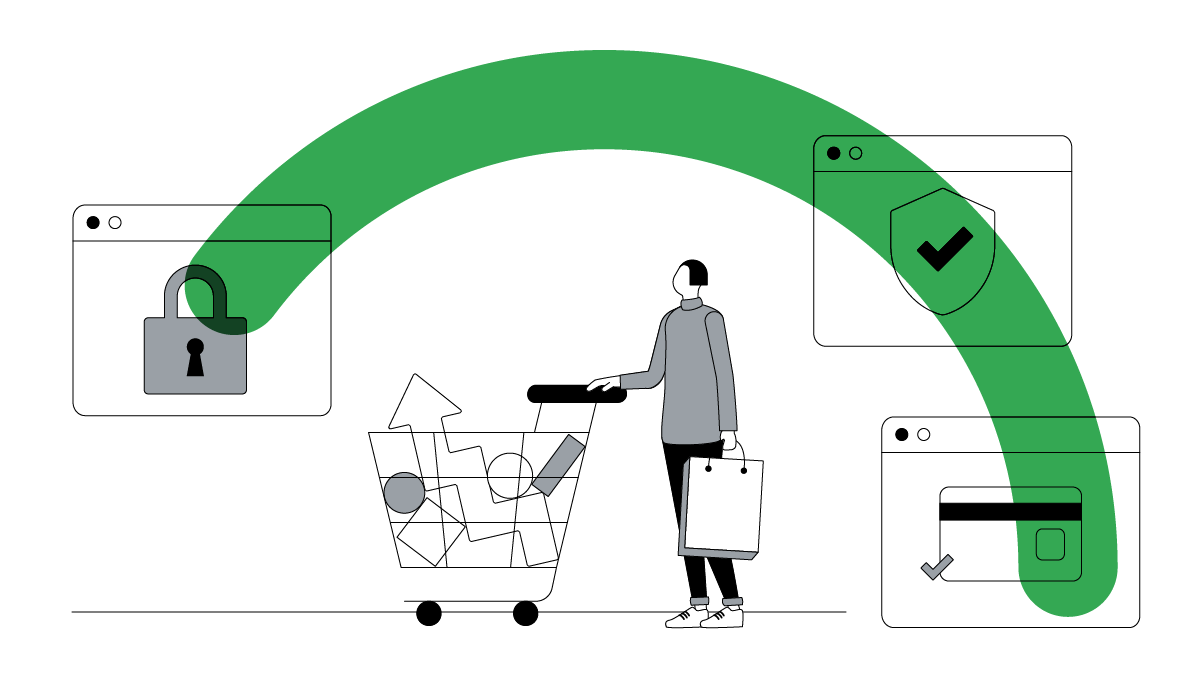All marketers would agree that knowing who your customers are is crucial to success. It’s arguably even more important when the objective of your marketing efforts is financial inclusion.
That’s why digital bank Sparkle needed to think differently about how to reach Nigeria’s unbanked population with its app.
The team understood that reaching the unbanked would require learning from similar people in their existing customer base to develop a clear understanding of who the unbanked are. And in a region that is still heavily reliant on traditional media for acquisition, they needed a solution that could reach specific people at scale.
By segmenting customers, we were able to understand their unique preferences, allowing us to hone in on each group’s specific needs
Starting by defining each customer
Creating audience segments gives brands an opportunity to stand out by tailoring their message for different people — and reach new customers like them. Using tools like Firebase and Google Ads to capture insights on user activity in and outside the app, the Sparkle team was able to get an understanding of their existing users based on a few data points:
- Behaviour: How users interact with the platform, using metrics like purchase habits.
- Geography: Using location to identify user characteristics based on the area they live in.
- Psychographic: Why people choose to download or engage with certain features of the app.
- Value: Reviewing historical purchasing patterns to segment customers by how much they are likely to spend.
- Lifestyle: Customer life stages.
The team bucketed users with similar data points into groups called ‘personas’ to contextualise all of this data. These personas were given names like “informal entrepreneurs” (business owners operating outside the formal tax system), “traditionalists” (older customers who typically have the same transaction patterns), and “explorers” (younger, tech-savvy customers who have some disposable income).
“By segmenting customers into their respective personas we were able to understand their unique preferences, allowing us to hone in on each group’s specific needs,” says Chioma Uzo-Kalu, chief operations officer at Sparkle.
Drilling down into the unique pain points for each customer segment would lead to the best experience for users
Using these insights, Sparkle created tailored campaigns for people who had gone through the conversion funnel and downloaded the app, but had not completed the onboarding process.
Identifying pain points to improve access to financial services
The Sparkle team realised that drilling down into the unique pain points for each persona would lead to the best experience for users, so they took things even further.
The team hosted a Q&A session for ‘informal entrepreneurs’ with 80 diverse and local micro, small, and medium enterprises (MSMEs) to understand the challenges impacting their ability to access financial services. This session allowed the team to identify access to markets and funding, and lack of information as core pain points for smaller businesses in Nigeria.
They realised, for example, that informal entrepreneurs likely did not have the documentation required to access the right financial services for their businesses.
“Our business app requires all businesses to have a Tax Identity Number (TIN) to fully onboard,” says Uzo-Kalu. “But entrepreneurs working outside of the formal tax system likely don’t have one. This blocked their ability to complete the signup process.”
Sparkle expanded its communication strategy to include customised messages based on the users’ journey
Tailoring solutions based on pain points
To address this unique pain point, Sparkle partnered with a tax and regulatory provider to automate the process of obtaining a TIN within the app. This way MSMEs could register a business, obtain their TIN within three to five working days, and create a business account — all within the app.
Sparkle also expanded its communication strategy to include customised messages based on the users’ journey by analysing data from Google Ads, which showed the content users were both engaged with and not.
So, if an MSME had passed the business registration phase but not gotten to the point of obtaining a TIN, they would see a notification that showed them how to do this within the app.
While these are examples for the informal entrepreneurs, the team looked for solutions for each persona, creating tailored messaging addressing the relevant pain points.
Scaling learnings from existing users to reach the unbanked population
With a clear understanding of each persona, Sparkle was now ready to expand its enhanced offering to even more users in Nigeria’s unbanked population — people who matched the predefined personas but had no access to financial services.
It began with the launch of a YouTube for Reach campaign. Skippable in-stream, bumper, and non-skippable in-stream ads were created to speak directly to the previously identified pain points and offer up tailored value propositions as solutions. The campaign, which had a 41% interaction rate, allowed Sparkle to scale its message of financial inclusion at scale to its predefined audiences.
Now that the team had introduced the message of financial inclusion tailored to specific audiences, they needed to drive action. App campaigns, which help show ads across a variety of channels, were launched to help drive installs, registration, and engagement. The app campaigns offered the respective value propositions as solutions to the persona’s pain points. This effort led to a 20% conversion rate and 300,000 new app installs.
The roadmap to putting people first
As with all campaigns, Sparkle’s success comes down to a strong foundation that puts the user at the centre of all decision-making by:
- Building a robust and scalable profile of all users and segmenting them accordingly.
- Enhancing these groups with a clear understanding of their unique pain points.
- Leaning in even further by seeking out direct feedback from a diverse set of users per segment.
- Applying this input to product development, marketing, and acquisition campaigns.




